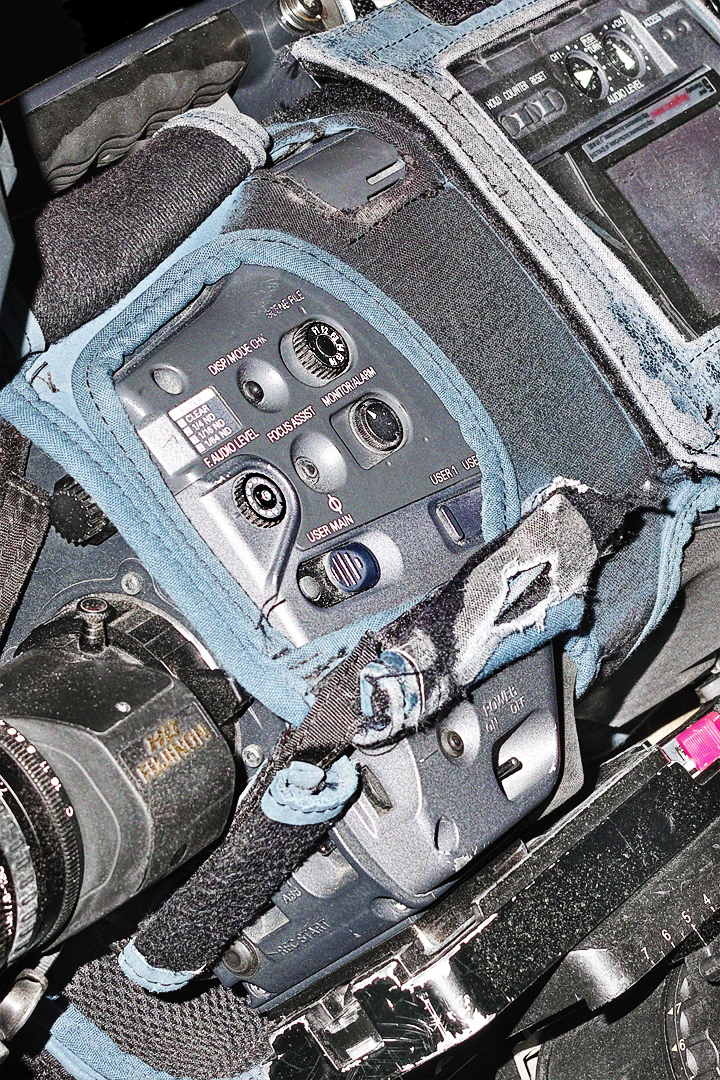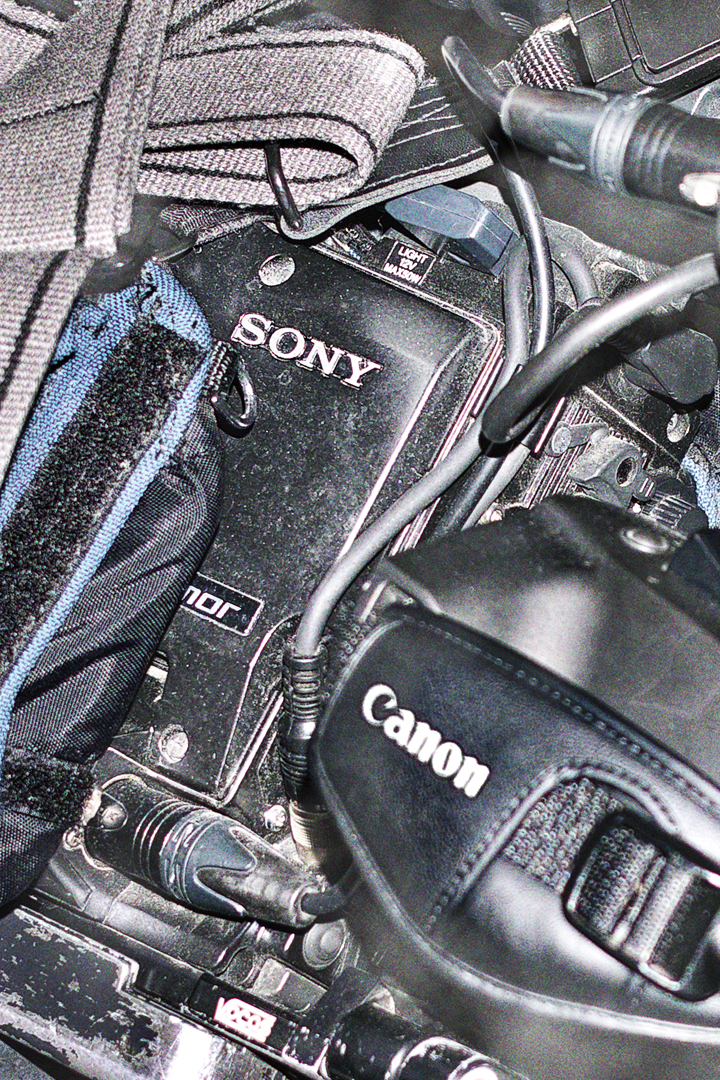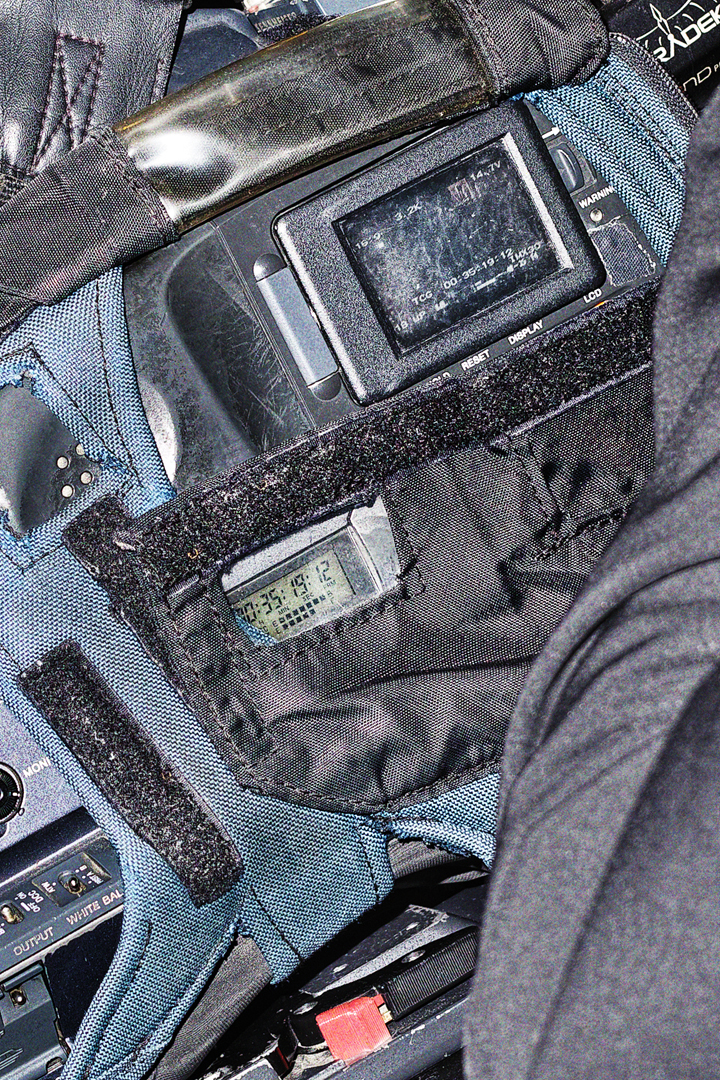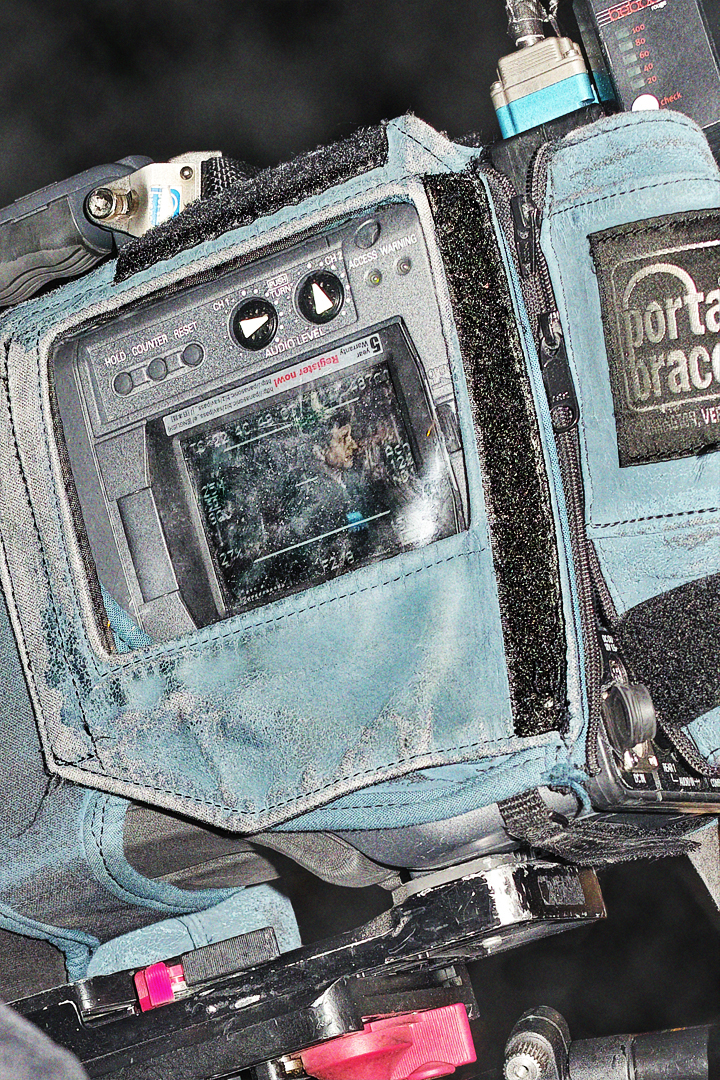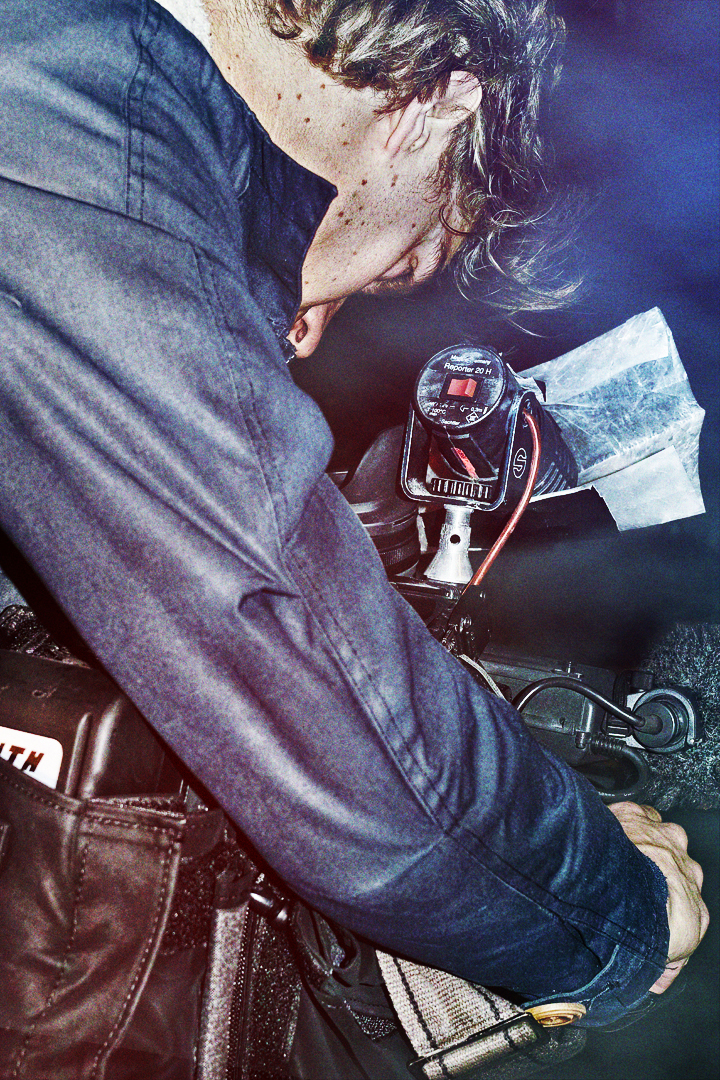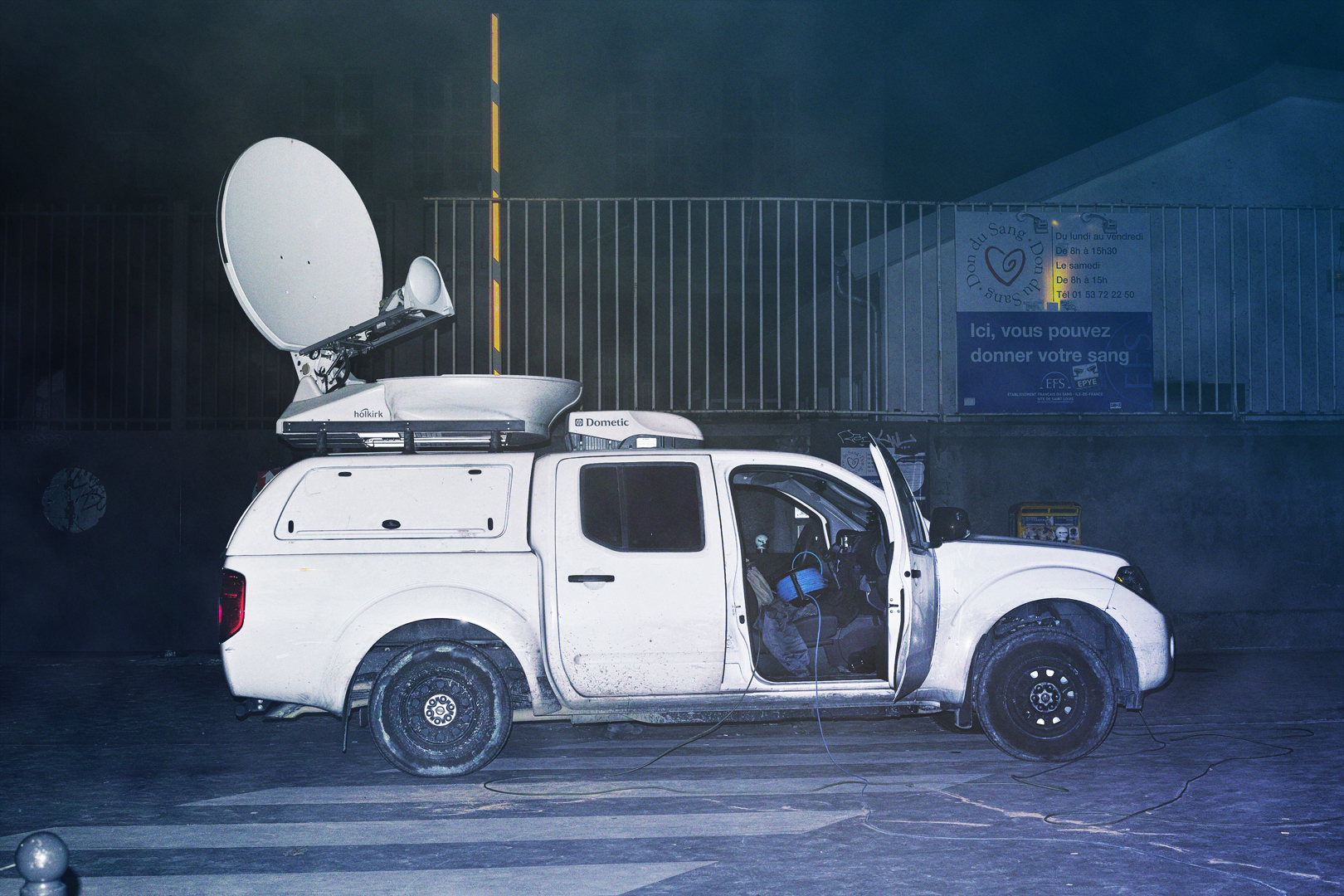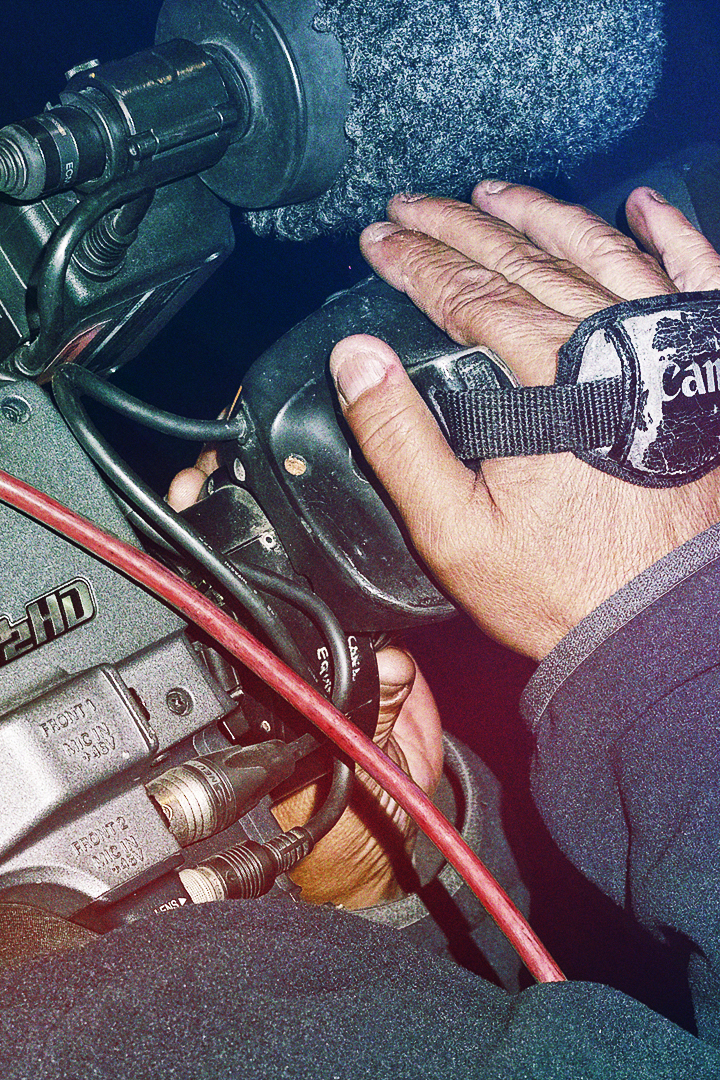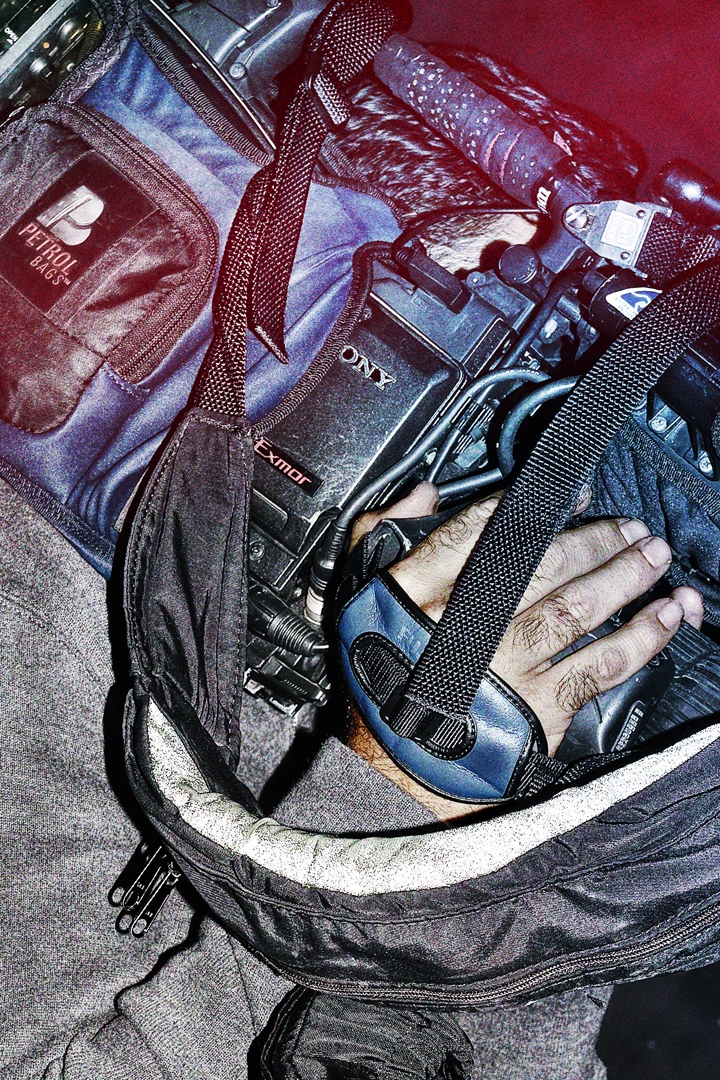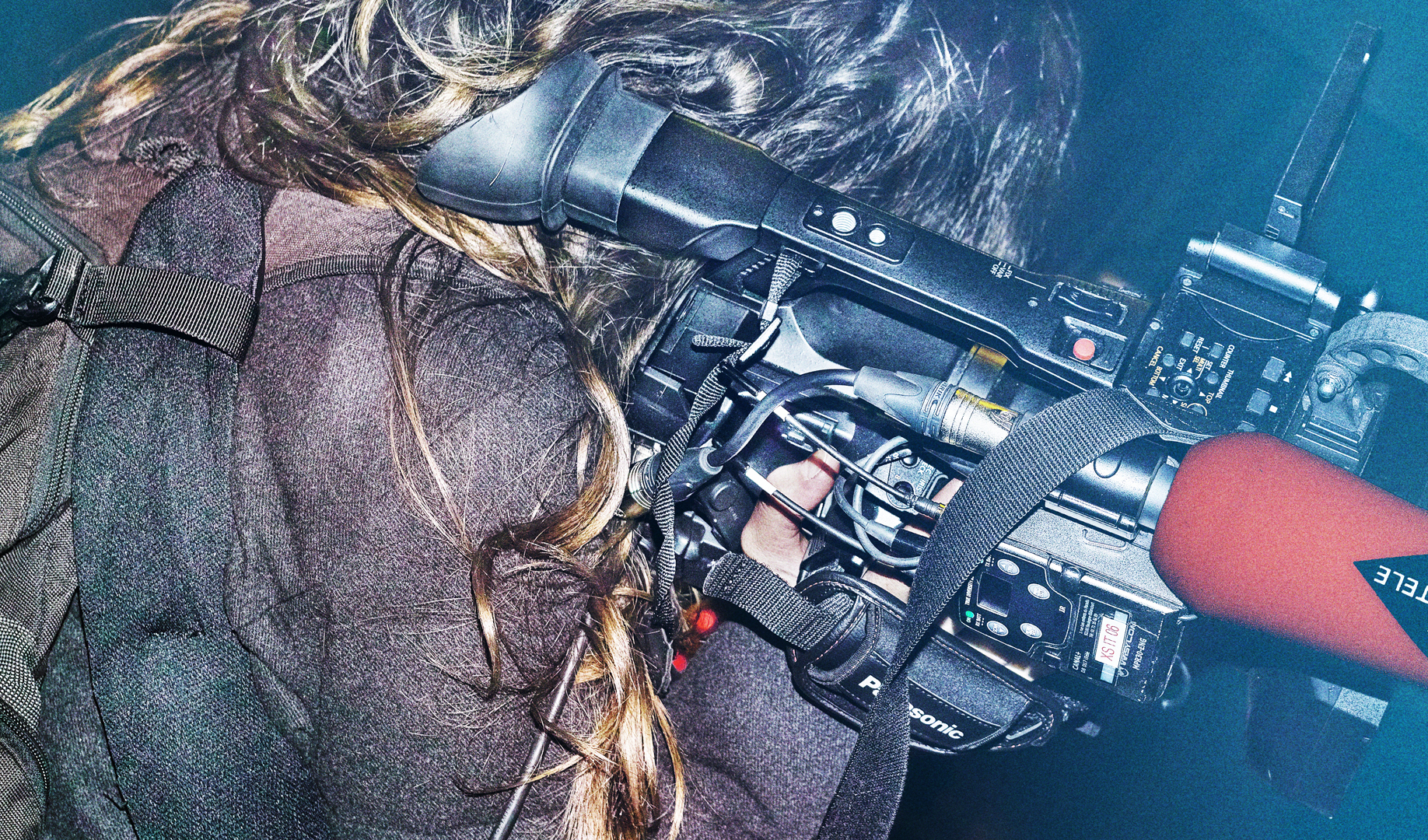On November 13th 2015, I was in Paris attending exhibitions and other photography related events. Having spent the evening dining at a restaurant with a few colleagues, it was only when I returned to my hotel that I noticed the unusually large amount of e-mails from family and friends in Japan and Berlin (where I am based). People I had long lost contact with that knew I was in Paris, thanks to social networking, sent me messages asking about my safety. That was when I first became aware of the incident; the multiple, simultaneous terrorist attacks in Paris. Realizing that people so far away were better informed than I, despite me being in the general area, I began to gather information on what was happening in my vicinity using the internet and the TV in my hotel lobby. Headlining the news everywhere, people all over the world were being fed a steady stream of sensational images and video. Through the constant updates of the number of casualties, information on the suspects, and visuals of the attacks, I learned that one of the shootings had happened only a few train stops from the hotel I was in, and another near a restaurant that I had eaten at a few days prior. The following day, I went to the sites of the shootings to see if I could somehow bridge the gap between the sensations I had felt through the images I had seen through media and the feelings I would feel by being there. It was around 9 pm, 24 hours since the initial reports. However, despite being physically present at the location I was tormented by this gap I could not fill, no matter how “fresh” the bullet holes and the broken glass looked, nor the volume of flowers and candles that had been placed at the site. The only way I was able to extract and “feeling” was through the torrent of information that floods our Facebook timelines, like the one of a man who happened to be standing nearby tapping away at his smartphone. The bullet holes that I was seeing before my very eyes simply existed without inciting any sort of reaction or emotion from me. We are aware that scenes portrayed in the media are nothing more than images taken from a single perspective, yet are we not able to free ourselves from the pictures that are broadcasted to us? Through this “media brain” that I had come to inherit, the only thing I was sure of at that time, was the fact that the place was swarming with reporters covering the story. The reports at the site were for the most part shot with a single camera. The crime scene in the background, illuminated by a single spotlight, the reporters read off a prepared script turning the scene into a stage wherein the actors have to perform perfectly to the gaze of only a single camera lens, unconcerned with the other view points out there. Instead of taking photos of the sort that would end up on the news, I thought to shine a light on the process that occurs behind the scenes, the unreported part of journalism, and using the reflection from the light to expose the media dominated society that we live in; a “reportage of the reportage” if you will. Instead of taking photos of the sort that would end up on the news, I thought to shine a light on the process that occurs behind the scenes, the unreported part of journalism, and using the reflection from the light to expose the media dominated society that we live in; a “reportage of the reportage” if you will. Acclaimed photographer Gary Winogrand, who coincidentally passed away the same year I was born, 1984, would take photos of people and reporters that would attend public events from a somewhat withdrawn point. By collecting these images into the series Public Relations, he documented the relationship between the media and the people as well as the social situation at that time. I sought to show just how much the relationship between the ones that spread information and the recipients of said information has evolved and grown since then. By using the subject and the light that is reflected from the background I looked to extract and highlight the three colours in my photos as a reference to the social media movement that followed, where the world used the tricolor to unite and show support to the victims of the attack; a reflection of today’s complex relationship between the people and the media. A few days later, at the studio in Berlin, checking the details of my pictures, I noticed something; a lot of the equipment being used by the reporters, such as cameras or lenses had been made in Japan. Intruding into their documentation, whilst being shouted at by cameramen for getting in the way of the shot, I took pictures using my camera from Japan. The details of the images I took, e.g. warning labels and the logos of Japanese camera makers in old Japanese typeface, that were attached to a foreign source, spoke to me more than my “experiences”. On the way back from the studio, walls lit up blue from police cars streaking through Berlin, and the red from brake lights bled onto the asphalt as if to remind me, sitting at the window of a late night bus, of the images of the attacks.
Paragraphs are separated
by a blank line.
Two spaces at the end of a line leave a
line break.
Text attributes italic
Horizontal rule:
Bullet list:
- apples
Numbered list:
- apples
A link.
Refer to https://en.wikipedia.org/wiki/Markdown for more details.

